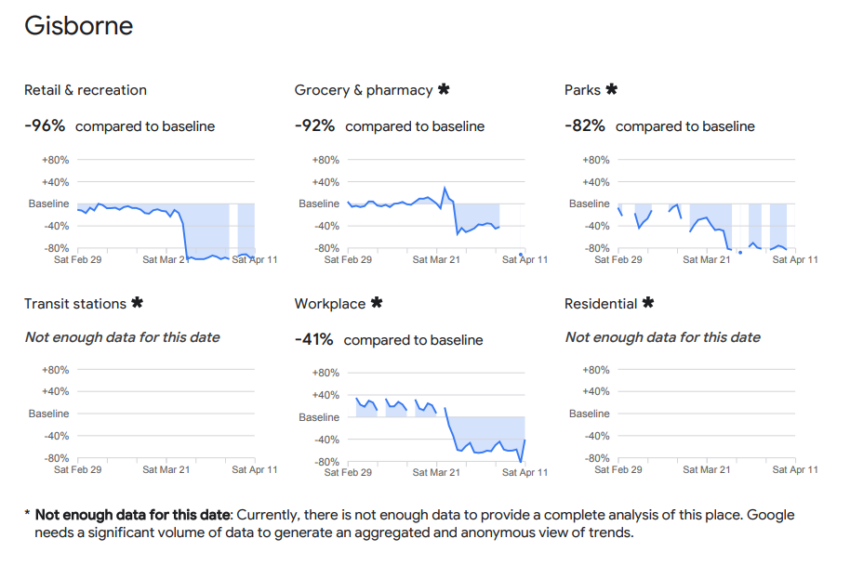

We include categories that are useful to social distancing efforts as well as access to essential services. When the data doesn't meet quality and privacy thresholds, you might see empty fields for certain places and dates. What data is included in the calculation depends on user settings, connectivity, and whether it meets our privacy threshold.
We calculate these changes using the same kind of aggregated and anonymized data used to show popular times for places in Google Maps.Ĭhanges for each day are compared to a baseline value for that day of the week: These datasets show how visits and length of stay at different places change compared to a baseline.
GOOGLE MOBILITY DATA MOVIE
Mobility trends for places like restaurants, cafes, shopping centers, theme parks, museums, libraries, and movie theaters. Mobility trends for places like public transport hubs such as subway, bus, and train stations. Mobility trends for places like local parks, national parks, public beaches, marinas, dog parks, plazas, and public gardens. Mobility trends for places like grocery markets, food warehouses, farmers markets, specialty food shops, drug stores, and pharmacies. To learn how we calculate these trends and preserve privacy, read About this data below.
We’ll leave a region or category out of the dataset if we don’t have sufficient statistically significant levels of data. These differences could shift the values up or down over long time periods, so we recommend using some caution when analyzing data from longer time intervals (6+ months). For example, the same value today and in April 2020 might not indicate the same behavior or adherence-it might be that Google has updated information about shops and restaurants in the region or that fewer people live there now. Google’s understanding of categorized places might also change. rural versus urban areas).Īs time passes and we move further away from the baseline period, populations might vary due to relocation or new regional and remote working options. Location accuracy and the understanding of categorized places varies from region to region, so we don’t recommend using this data to compare changes between countries, or between regions with different characteristics (e.g. Learn how you can use this dataset in your work by visiting Community Mobility Reports Help. The data shows how visits to places, such as grocery stores and parks, are changing in each geographic region. It also isn’t intended to be used for guidance on personal travel plans. It shouldn’t be used for medical diagnostic, prognostic, or treatment purposes. This dataset is intended to help remediate the impact of COVID-19. Return to Community Mobility Reports Mobility Report CSV Documentation


 0 kommentar(er)
0 kommentar(er)
